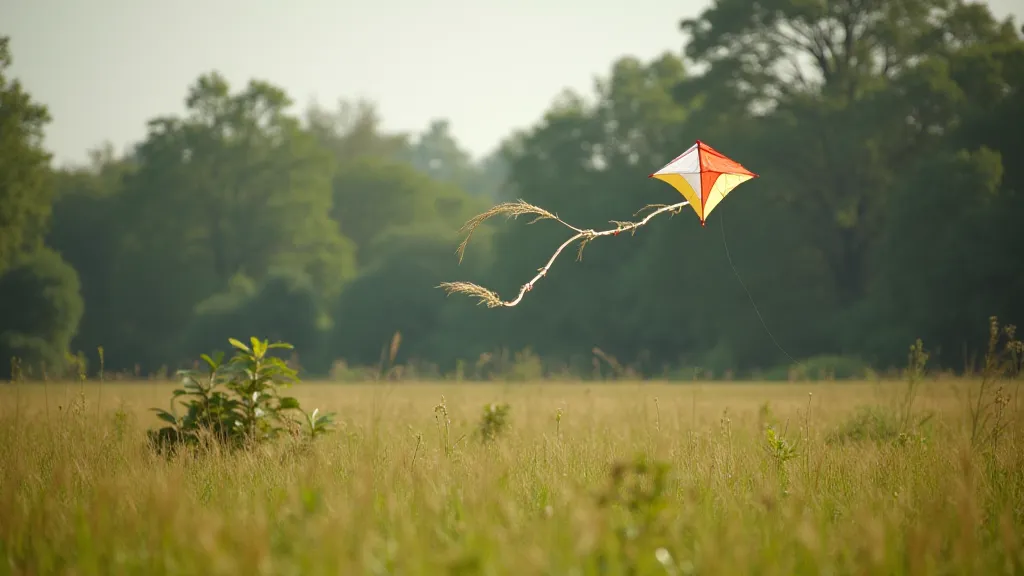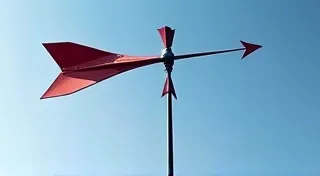Choosing the Right Wind Conditions for Kite Flying
Understanding wind conditions is crucial for a successful and enjoyable kite flying experience. Not all kites are created equal, and different designs thrive in different wind speeds and directions. This guide will help you assess wind conditions and choose the right kite for the day.
Understanding Wind Speed
Wind speed is typically measured in miles per hour (mph) or kilometers per hour (kph). Here's a general guideline for kite suitability based on wind speed:
- Light Breeze (1-5 mph / 1-8 kph): These conditions are ideal for small, lightweight kites like single-line nylon kites or simple diamond kites. They require very little power to lift and remain stable.
- Gentle Breeze (6-12 mph / 9-19 kph): This is a sweet spot for many beginner kites, including larger diamond kites, delta kites, and some simple box kites. The wind provides enough lift without being overly powerful.
- Moderate Breeze (13-18 mph / 21-29 kph): These conditions are suitable for more advanced kites, such as dual-line kites (stunt kites) and larger, more robust designs. You'll need to be mindful of control and potential for gusts.
- Strong Breeze (19-26 mph / 31-42 kph): Reserved for experienced kite flyers and kites specifically designed for stronger winds (e.g., ram-air kites, large stunt kites). Requires significant control and awareness of surroundings.
- Gale Force Winds (27+ mph / 43+ kph): Generally not suitable for recreational kite flying unless you are using very specialized, powerful kites and have extensive experience. Can be dangerous.
Estimating Wind Speed Without Instruments: If you don't have an anemometer, you can estimate wind speed based on its effects. A gentle breeze will rustle leaves. A moderate breeze will bend small branches. Strong winds will cause larger branches to sway significantly.

Wind Direction and Kite Stability
Wind direction is also important. Ideally, you want to be facing into the wind when flying a single-line kite. This provides the necessary lift and prevents the kite from being blown away. For dual-line stunt kites, the direction is less critical, but you'll still want to be aware of the wind’s general direction for maneuvering.
Crosswinds: A crosswind (wind blowing perpendicular to your body) can make kite flying more challenging. It can pull the kite off course and require more active control. Adjusting your position or using a kite designed to handle crosswinds can help.
Wind Shear: This refers to a sudden change in wind speed or direction over a short distance. Wind shear can cause instability and sudden movements in your kite. Be aware of terrain (hills, buildings) that can create wind shear.

Choosing the Right Kite for the Conditions
Here’s a quick guide to kite selection based on wind conditions:
- Light Breeze: Diamond kites, nylon kites, simple box kites
- Gentle Breeze: Delta kites, larger diamond kites, some dual-line kites
- Moderate Breeze: Dual-line stunt kites, ram-air kites, larger and more robust single-line kites
- Strong Breeze: Specialized ram-air kites, powerful stunt kites (experience required!)
Always start with a smaller kite and work your way up as your experience and confidence grow. Prioritize safety and be mindful of your surroundings. Happy flying!






